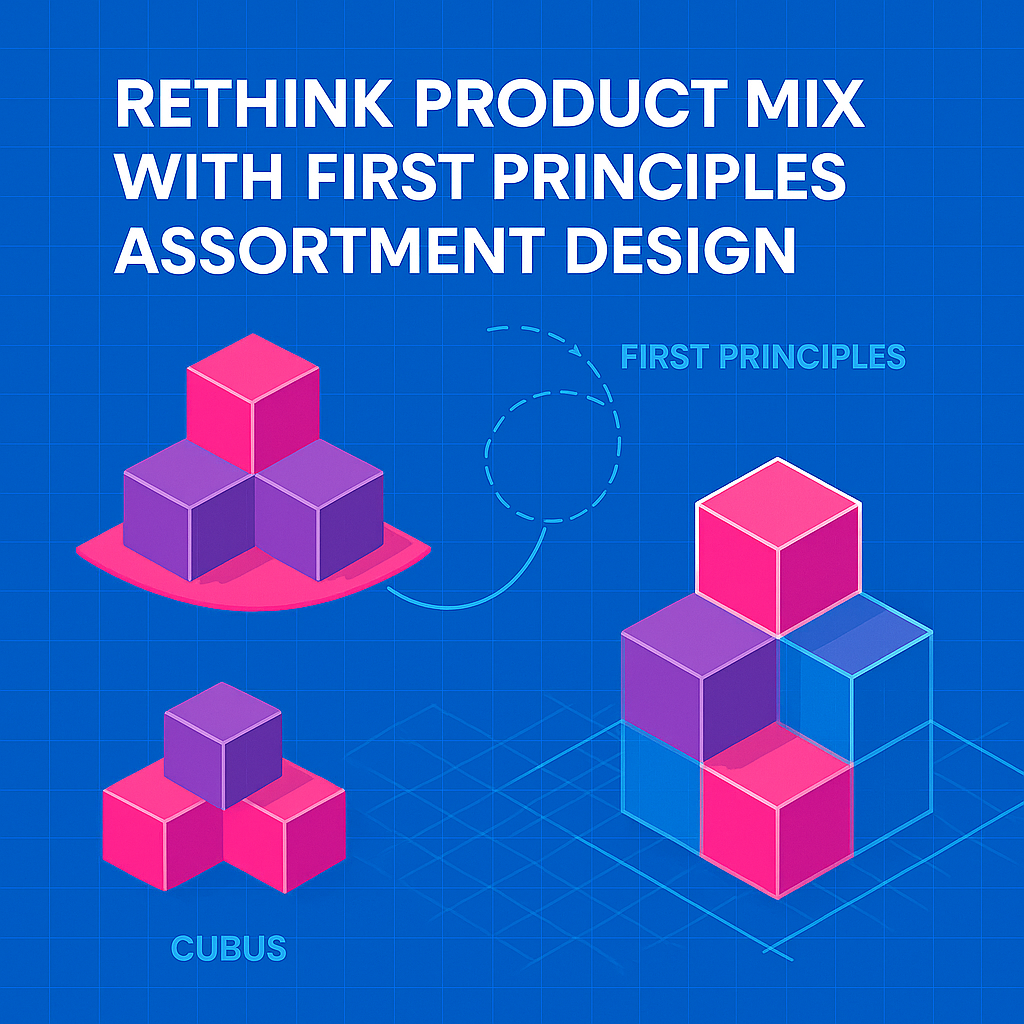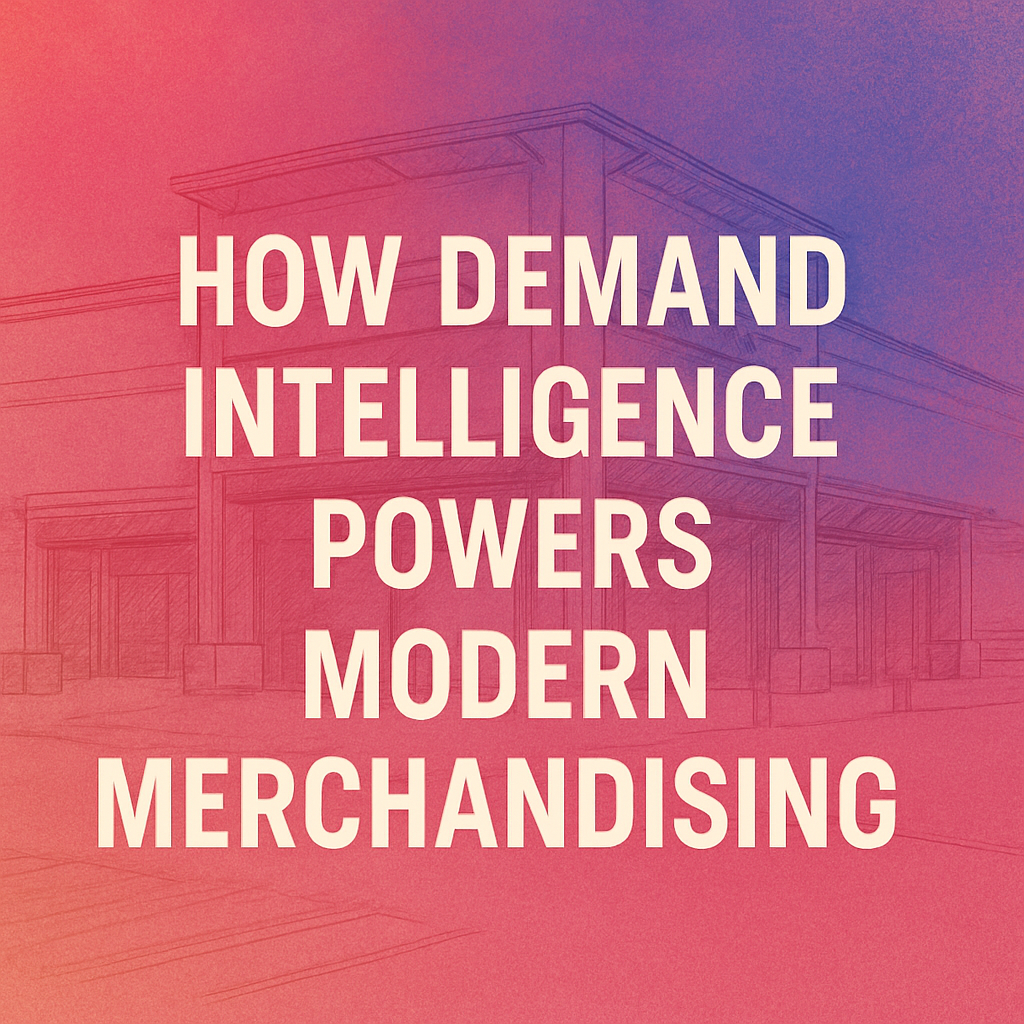WHY RETAIL NEEDS A QUANTUM PRICING STRATEGY

In today’s hyper-competitive retail landscape, pricing is no longer a static decision made months in advance. Instead, it is a dynamic, context-sensitive lever that can drive margin, conversion, and customer loyalty. Enter the quantum pricing strategy—a transformative approach inspired by quantum mechanics that allows retailers to hold multiple price possibilities open until the moment of customer interaction. This strategy is not just a metaphor. It is a practical framework for adaptive price optimization that is already reshaping how leading retailers operate.
By embracing the principles of quantum superposition and real-time decision-making, retailers can outperform traditional pricing models that rely on fixed prices, rigid markdown schedules, and outdated assumptions. A quantum pricing strategy enables businesses to respond to market signals, customer behavior, and competitive dynamics with unprecedented precision and speed.
This article explores how quantum pricing works, why it matters, and how retail leaders can implement it to gain a sustainable competitive edge.
THE SCIENCE BEHIND QUANTUM PRICING STRATEGY
Quantum mechanics introduces the concept of superposition, where particles exist in multiple states simultaneously until observed. In pricing, this translates to holding a range of potential prices open until the moment of customer engagement. The act of interaction—browsing, adding to cart, or checking out—collapses the price to the optimal value based on real-time signals.
Unlike traditional pricing models that rely on pre-season planning and static pricing tiers, a quantum pricing strategy leverages live data to make micro-decisions at scale. This approach mirrors how quantum computers evaluate multiple outcomes simultaneously, enabling faster and more accurate optimization.
In retail, this means prices are not predetermined but are dynamically adjusted based on variables such as:
– Customer device type
– Time of day
– Inventory levels
– Competitor pricing
– Purchase history
– Browsing behavior
These signals allow retailers to determine the most effective price for each customer in each moment, maximizing both conversion and margin.
WHY TRADITIONAL PRICING MODELS ARE FAILING
Most retailers still operate under outdated pricing assumptions:
1. Prices must be fixed in advance
2. All customers in a segment should see the same price
3. Pricing decisions are best made by human planners
These assumptions made sense in a world of printed catalogs and shelf labels, but they are liabilities in an era of digital commerce and real-time data. Static pricing models collapse decisions too early, before critical information becomes available. This leads to missed revenue, excess markdowns, and suboptimal customer experiences.
For example, a Fortune 500 home improvement retailer discovered that its weekly competitive price checks missed over 70 percent of competitor price changes. The result was pricing based on stale data, leading to lost margin and reduced competitiveness.
Similarly, a leading European fashion brand found that fixed seasonal pricing led to overstock on slow-moving items and stockouts on high-demand products. By shifting to a dynamic pricing model that adjusted based on regional demand signals, the brand improved sell-through rates by 15 percent and reduced markdowns by over 20 percent.
THE FOUR PILLARS OF A QUANTUM PRICING STRATEGY
Implementing a quantum pricing strategy requires a shift in mindset and infrastructure. The following four pillars form the foundation of this approach:
1. PRICE BANDS, NOT PRICE POINTS
Rather than setting a single price, retailers define a price range or band for each product. These bands are bounded by cost floors and competitive ceilings, allowing flexibility within strategic limits. This structure enables adaptive price optimization without compromising brand integrity or margin targets.
2. REAL-TIME SIGNAL INSTRUMENTATION
Retailers must capture and process real-time signals, including:
– Competitor price changes
– Inventory velocity
– Customer behavior (e.g., cart activity, bounce rates)
– External demand signals (e.g., search trends, social media)
These signals provide the context needed to determine the optimal price at any given moment.
3. ALGORITHMIC COLLAPSE TO OPTIMAL PRICE
Advanced algorithms evaluate thousands of variables across SKUs and customer contexts. Quantum-inspired optimization techniques, such as those developed by D-Wave and IBM, can solve complex pricing problems significantly faster than traditional methods. These algorithms collapse the price superposition to the optimal value in real time.
4. LONG-TERM VALUE OPTIMIZATION
Quantum pricing is not about maximizing short-term profit at the expense of customer trust. The goal is to optimize for customer lifetime value. Prices should build loyalty, encourage repeat purchases, and enhance brand perception. This requires balancing immediate margin with long-term relationship value.
REAL-WORLD APPLICATIONS OF QUANTUM RETAIL FRAMEWORKS
Quantum pricing strategies are already delivering measurable results across diverse retail categories:
FASHION AND APPAREL
A global fast-fashion retailer uses dynamic pricing models to adjust prices based on social media trends and early sales velocity. High-demand items receive premium pricing in specific regions, while underperforming SKUs receive targeted promotions. This approach increased full-price sell-through by 14 percent and reduced end-of-season markdowns by 22 percent.
HOME GOODS
A major home decor retailer implemented adaptive price optimization for its online store. Prices adjust within defined bands based on inventory age and customer behavior. High-intent shoppers see prices optimized for conversion, while casual browsers see prices optimized for engagement. The result was a 9 percent lift in conversion rate and a 7 percent increase in average order value.
CONSUMER ELECTRONICS
A top-three electronics retailer in North America uses quantum-inspired algorithms to optimize pricing across 50,000 SKUs daily. The system accounts for cross-elasticities between products, ensuring that discounts on laptops also drive accessory sales. This holistic approach improved category margins by 5 percent while maintaining competitive pricing on key items.
GROCERY
A regional grocery chain implemented dynamic pricing for packaged goods while maintaining stable pricing on fresh items. Prices adjust based on wholesale costs, competitor moves, and inventory levels. Transparent communication helped customers understand the value proposition. The strategy reduced waste by 18 percent and improved center-store margins by 4 percent.
BEAUTY AND COSMETICS
An omnichannel beauty retailer uses strategic markdown timing to personalize promotions. Customers who repeatedly browse premium products without purchasing receive targeted offers at the right moment. This approach increased promotional ROI by 27 percent and reduced average discount depth by 6 percent.
THE PSYCHOLOGY OF PRICING UNCERTAINTY MANAGEMENT
Quantum pricing is not just a technical framework, it is also a psychological strategy. Behavioral economics research shows that customers respond positively to pricing uncertainty when it is framed as an opportunity rather than a risk.
This phenomenon, known as Schrödinger’s discount, occurs when customers believe the final price might be better than the displayed price. A/B testing shows that cart completion rates can increase by 30 to 40 percent under these conditions.
The key is transparency. When retailers explain that prices reflect real-time optimization based on demand and inventory, customers perceive the pricing as fair and personalized. In contrast, opaque dynamic pricing erodes trust and damages brand equity.
HOW TO IMPLEMENT A QUANTUM PRICING STRATEGY
Retailers can begin implementing a quantum pricing strategy by following these actionable steps:
1. Identify Pilot Categories
Start with 10 to 15 percent of your catalog, focusing on categories with strong sales history, high elasticity, and frequent competitive changes.
2. Define Price Bands
Establish acceptable price ranges for each product, typically 15 to 20 percent above and below the reference price. Set guardrails based on margin requirements and brand positioning.
3. Deploy Real-Time Data Systems
Invest in systems that capture competitive pricing, inventory levels, and customer behavior in real time. Ensure data is clean, timely, and actionable.
4. Implement Optimization Algorithms
Use machine learning or quantum-inspired algorithms to evaluate signals and determine optimal prices. These systems should be able to make thousands of micro-decisions per day.
5. Monitor and Iterate
Track performance across key metrics, including margin, conversion, customer satisfaction, and repeat purchase rates. Use insights to refine price bands, signals, and algorithms.
6. Scale Strategically
Expand to additional categories based on pilot results. Continuously improve your framework by incorporating new data sources and refining optimization logic.
COMMON MISTAKES TO AVOID
Retailers adopting a quantum pricing strategy should avoid these pitfalls:
– Collapsing prices too early based on incomplete data
– Using opaque pricing changes without clear communication
– Focusing solely on short-term margin instead of lifetime value
– Over-relying on human judgment without algorithmic support
– Ignoring cross-product and basket-level pricing dynamics
BENEFITS OF A QUANTUM PRICING STRATEGY
Retailers that embrace quantum retail frameworks can expect:
– 5 to 15 percent improvement in gross margin
– 10 to 20 percent increase in inventory turn
– Enhanced customer satisfaction and loyalty
– Reduced markdown depth and frequency
– Greater agility in responding to market changes
FUTURE TRENDS AND STRATEGIC IMPLICATIONS
Quantum computing is rapidly advancing. Within the next decade, true quantum systems may be able to evaluate millions of pricing scenarios across billions of customer contexts. This will enable entirely new pricing models, such as predictive pricing based on anticipated future demand.
However, retailers do not need to wait. The principles of quantum pricing—superposition, real-time collapse, and contextual optimization—can be implemented today using existing technologies.
For retail leaders, the strategic implications are clear:
– CFOs should view quantum pricing as a margin expansion lever
– CMOs should see it as a path to personalization at scale
– CIOs should treat it as a proving ground for real-time decisioning
– CEOs should recognize it as a competitive necessity
Here is our earlier blog on Retail Pricing and Game Theory
CONCLUSION
The quantum pricing strategy is not science fiction. It is a practical, proven framework for navigating the complexity of modern retail. By holding price possibilities open and collapsing them based on real-time signals, retailers can optimize for margin, conversion, and customer loyalty simultaneously.
Stop setting prices in advance. Start collapsing them in real time. The future of pricing is quantum.
KEY TAKEAWAYS
– Quantum pricing strategy uses real-time data to collapse prices at the moment of customer interaction
– Traditional fixed pricing models miss revenue and margin opportunities due to premature decisions
– Adaptive price optimization improves conversion, margin, and customer satisfaction
– Real-world examples across fashion, electronics, grocery, and beauty show measurable gains
– Transparency and fairness are critical to managing pricing uncertainty
– Retailers can start small with pilot categories and scale based on results
– Strategic leadership is essential to align pricing with long-term business goals
FREQUENTLY ASKED QUESTIONS
Q1: What is a quantum pricing strategy?
A1: A quantum pricing strategy is a dynamic approach that holds multiple price possibilities open and collapses to the optimal price based on real-time customer and market signals.
Q2: How does quantum pricing differ from traditional dynamic pricing models?
A2: While both adjust prices dynamically, quantum pricing emphasizes superposition and context-specific optimization, using real-time data to make individualized pricing decisions.
Q3: What are the benefits of a quantum pricing strategy in retail?
A3: Benefits include higher margins, better inventory turns, improved customer satisfaction, and reduced markdowns through adaptive price optimization.
Q4: Is quantum pricing only for online retailers?
A4: No, it can be applied across channels. Brick-and-mortar retailers can use digital signage and POS systems to implement real-time pricing adjustments.
Q5: How do customers respond to pricing uncertainty?
A5: When framed transparently, customers often respond positively to pricing uncertainty, especially if they believe they are getting personalized value.
Q6: What technology is needed to implement a quantum pricing strategy?
A6: Retailers need real-time data systems, machine learning algorithms, and pricing platforms capable of evaluating multiple signals and adjusting prices accordingly.
Q7: Can small or mid-sized retailers use quantum pricing?
A7: Yes, cloud-based pricing platforms and scalable algorithms make it accessible for retailers of all sizes to adopt quantum retail frameworks.



